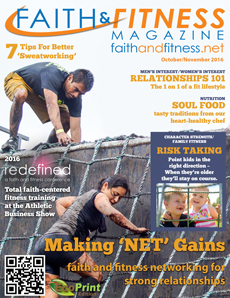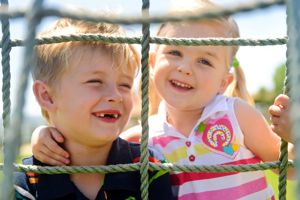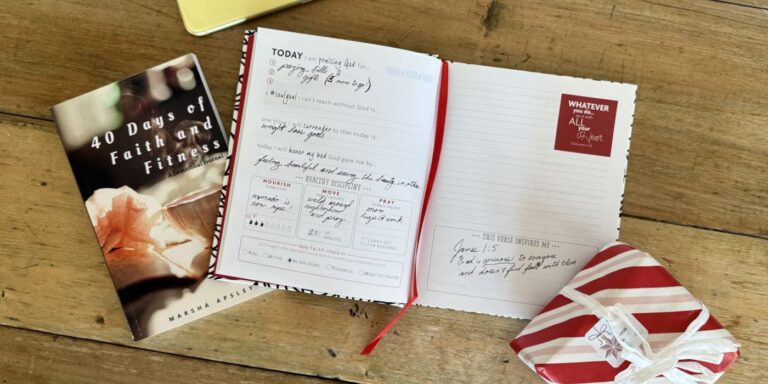We mustn’t wrap our children up in cotton wool, but allow them to play outside so as to better understand the opportunities and challenges in the world around them, and how to be safe. –Ed Balls, Children’s Secretary, UK
To protect our children we must allow them to play in ways deemed “risky.” –Peter Gray, Ph.D.
Point kids in the right direction – When they’re older they’ll stay on course. -Bible
 Sometimes risk taking is messy and has consequences. Two-year-old Luna decided to explore the refrigerator while mommy was in the other room. A broken dozen eggs on the floor, was not exactly the way mom planned to instruct and show love to her daughter. But did you know risk is a powerful tool God designed to strengthen both children and adults? Risk expands and refines our understanding of respect when taught and learned through the power of parenting, grand parenting, and teaching in the context of loving relationships.
Sometimes risk taking is messy and has consequences. Two-year-old Luna decided to explore the refrigerator while mommy was in the other room. A broken dozen eggs on the floor, was not exactly the way mom planned to instruct and show love to her daughter. But did you know risk is a powerful tool God designed to strengthen both children and adults? Risk expands and refines our understanding of respect when taught and learned through the power of parenting, grand parenting, and teaching in the context of loving relationships.
Providing opportunities for young children to understand and learn to take risks is how you help them develop social and emotional skills. It begins in infancy. One of the first risks that young children experience is exploring away from a caring adult. Even if it is only a few feet from you, it is a risk. Expectations are few but expand as the infant learns to trust that his or her needs are being met. Trust aligns with risk. This happens in the home and early classroom. Both are safe zones for risk taking. Most adults, at one point or another, have learned to take risks. We’ve learned that it is part of living life. How are you prepared to take a risk? Do you know how to help children understand risk? Can you encourage them to take risks?
CHILDREN LEARN FROM TAKING RISKS
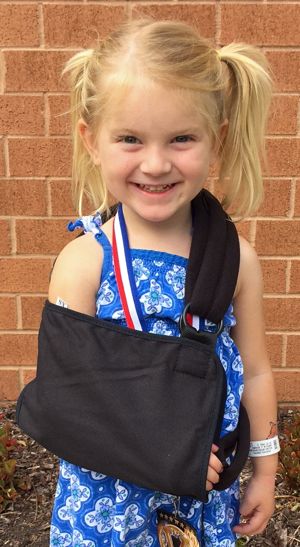 Sometimes risk taking gets children into trouble.
Sometimes risk taking gets children into trouble.
Skyler was three when she decided she was strong enough to play alone on the monkey bars at a local park. Normally when she tackled the monkey bars her daddy was with her to support her and protect her if she would fall. However, on this day mommy was the only adult present and was caring for the baby. Though Skyler was told, “You can’t use the monkey bars without daddy”, she quickly made the decision that she was up to the task. A moment later she broke her arm. Understanding which risk to take and obedience was an important lesson learned. The risks change, as we get older. They give us opportunities to learn and can drive us closer to both the ones we love and to God.
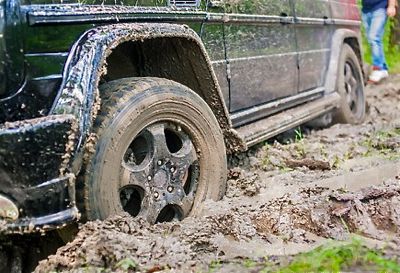 When my son had recently obtained his driving permit he decided to take my SUV off our long driveway into a wooded muddy trail on our property. He ended up walking the drive to our home to inform me he got it stuck in the mud. Together we managed to get it out. This was a bit messier and potentially a lot more costly than a few broken eggs. If one is to take a step of faith and risk it all, then only a foundation laid down by love will hold up the risk taker. If one does not learn to trust, they will not grow up trusting themselves to make a decision. Anxiety will fill the heart. Then Satan can destroy the potential of that human being. A lot is at stake when the risk-taker takes risks.
When my son had recently obtained his driving permit he decided to take my SUV off our long driveway into a wooded muddy trail on our property. He ended up walking the drive to our home to inform me he got it stuck in the mud. Together we managed to get it out. This was a bit messier and potentially a lot more costly than a few broken eggs. If one is to take a step of faith and risk it all, then only a foundation laid down by love will hold up the risk taker. If one does not learn to trust, they will not grow up trusting themselves to make a decision. Anxiety will fill the heart. Then Satan can destroy the potential of that human being. A lot is at stake when the risk-taker takes risks.
Generational blessings occur when we live out our faith before our children. This faithful living lets them be witness to the greatest risk of all; you submitting your will to “Our Father who art in heaven”. When you are the “witness” you provide guidance to risk taking. They see character and their hearts can be filled full with confidence and an appreciation of how God can use risk. Children have tremendous capacity to learn. This is why it is so important for you to continually reflect and demonstrate everything that is good that you want them to learn. That includes trusting God.
ADULTS LEARN FROM TAKING RISKS TOO
As an adult I’ve learned to take risks. That’s not been easy because that’s not what I learned. My single mother raised me. She was controlling. For example, she would cut and remove the end of the electrical cord on my Easy Bake Oven because she was afraid I would burn down the house while she was at work. My mother would not let us go outside unless she was with us. As an adult I finally understood her controlling nature; she was afraid. Consequently, I grew up not taking risk and playing it very safe. It was not until my adult years and with my husband pushing the edge of my envelope that I began to take risks.
How? Let me describe. My husband and I recently made a day trip to Shenandoah National Park. While I was driving he researched several hiking routes on a digital map. We reviewed all the usual statistics: distance, difficulty, features and reviews. My husband locked in on “Bearfence Trail”. The trail description stated it was a moderate hike with some areas being a “scramble” with a 360 degree view.
We both thought it sounded doable, but wondered what “scramble” meant. Oh was I going to learn! As we started up the first steps of the trail, I again questioned out loud how we would know when we were “scrambling”. So far we were on a typical mountain trail rising along a beautiful wooded ridge. Eventually we intersected with the Appalachian Trail – more commonly referred to by hikers as the AT.
Once we passed the junction with the AT the trail became rockier. I’m not talking gravel. The way forward quickly transitioned to small boulders. The anticipation of the magnificent panoramic view spurred us forward, so I regarded the stones as little more than tricky obstacles, which I had to maneuver over and around. As we gained elevation the “small” boulders quickly became huge and jagged.

Rather suddenly, I found myself at a point on the trail where I was not just maneuvering around boulders – I was climbing them. My husband was ahead of me. It was at this point that I first started seriously considering the risk of going forward. I was contemplating turning around. I was definitely unsure of my skill in climbing rocks. I stopped and looking at my husband already perched on top of the next boulder, I began arguing the case that I did not think I could go further. My legs are too short and my boots are not flexible enough to get a good hold and climb higher. I felt I just wasn’t strong enough.
My husband encouraged me, “You can do this.” I had my doubts and had an argument with myself, “Do I move forward or turn around?” I wanted to take the risk. I wanted to climb those boulders. But, I was generally afraid of failure. Fear is what stops most, if not all risk taking. No one wants to fail. Failure does not feel good.
Somewhere deep in my Spirit I overcame and gained strength to take on those boulders. The first risk-taking hurdle was now behind me!
As we climbed higher the 360-degree view began to take shape, but so did the sheer drops. The next set of boulders to climb sent fear once again creeping over me. Every part of this “scramble” was a technical step. I was constantly calculating where to put my feet and hands to stretch and pull higher until — I found that I could not lift my leg high enough to propel my body forward.
My husband was ahead of me and could see my climbing options from the higher vantage point. He was giving me directions and guidance, quite literally and figuratively, from a different perspective. He knew this was a good point to employ teamwork and help pull me upward to secure footing. However, with the sheer drop offs, I refused to do anything that might cause him to lose his balance. I looked up to him to tell him, “I can’t do this.” I could see concern in his face.
After a few more attempts of unsuccessful maneuvering, I decided I would have to go down. But down wasn’t there! I could not find a foot hold. I realized I was lying over a boulder, with no more personal strength, dangling close to a drop-off that could lead to the most serious of consequences – an unfortunate incident. In that moment I knew there was only one option and that was up and forward.
 In moments of risk, God often gives us a miraculous physical and spiritual boost. The adrenaline surged through my veins to give me extraordinary upper body strength to pull up and over that risk that was “impossible”. Spiritually, I felt the breath of God lift me with enthusiasm and hope. I was engaged beyond my survival instinct. A moment later and I was on top. I had arrived. My body was wobbly from the adrenaline rush, but my Spirit felt accomplished. I had conquered the risk and was basking in the spectacular view of the Blue Ridge Mountains.
In moments of risk, God often gives us a miraculous physical and spiritual boost. The adrenaline surged through my veins to give me extraordinary upper body strength to pull up and over that risk that was “impossible”. Spiritually, I felt the breath of God lift me with enthusiasm and hope. I was engaged beyond my survival instinct. A moment later and I was on top. I had arrived. My body was wobbly from the adrenaline rush, but my Spirit felt accomplished. I had conquered the risk and was basking in the spectacular view of the Blue Ridge Mountains.
What is the Function of Adrenaline?
(From the Hormone Health Network) Adrenaline triggers the body’s fight-or-flight response. This reaction causes air passages to dilate to provide the muscles with the oxygen they need to either fight danger or flee. Adrenaline also triggers the blood vessels to contract to re-direct blood toward major muscle groups, including the heart and lungs. The body’s ability to feel pain also decreases as a result of adrenaline, which is why you can continue running from or fighting danger even when injured. Adrenaline causes a noticeable increase in strength and performance, as well as heightened awareness, in stressful times. After the stress has subsided, adrenaline’s effect can last for up to an hour.
LESSONS FROM THE SCRAMBLE
I still had quite a few more boulders to “scramble” over and down before I was on the more sure terrain. However, I was energized by what I had accomplished with my husband. Through this experience I gained greater perspective on five key points about risk:
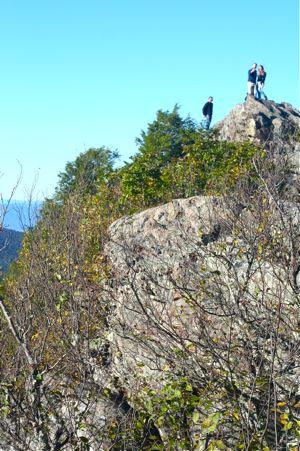 It is important to be willing to take a risk that is going to push you harder to become closer to the human that God purposes you to be.
It is important to be willing to take a risk that is going to push you harder to become closer to the human that God purposes you to be.- We can trust that God has provided the skill we need when He calls us to take a risk.
- Never underestimate the power of God when you call upon Him for help. I can tell you in the moment I decided I needed to use my upper body strength to propel my body up, I out loud asked God to help me.
- Never allow a risk to outweigh the will of God.
- Move forward in confidence when God brings the desire and ability together.
Confirmation and confidence is only found in God. He alone can steady your racing heart when He asks you to take a risk. This “scramble” experience was a confirmation of what I have been working on the last nine months; to bring my body under submission to the will of God and to take the steps necessary to live a healthier me.
Finally, if you have children or take care of children then provide a safe place (be supportive) for them to take a risk, make mistakes and create an environment of yes. Be a positive adult that provides a trusting and loving relationship to which a young child can look. Provide a foundation of social/emotional skills that will help them understand risk, take risk, and turn down a risk that could be harmful. Give children an example of faith that inspires them to live their faith. Philippians 2:12 Therefore, my beloved, as you have always obeyed, so now, not only as in my presence but much more in my absence, work out your own salvation with fear and trembling.
SELECTED READINGS RELATING TO THIS TOPIC:
Risky Play: Why Children Love It And Need It (Psychology Today)
Don’t Just Live Life – Be Life (grapevine swinging and grand-parenting)
Camp Planning Guide – Stillwater Refuge (hunting camp for boys)
Tough As Nails (rough and tumble play)
Revolution Parkour – Take A Leap Of Faith (climbing, jumping and great heights)
What Are We Built For? (father/son adventure)
This article appears in the October/November 2016 issue of Faith & Fitness Magazine.